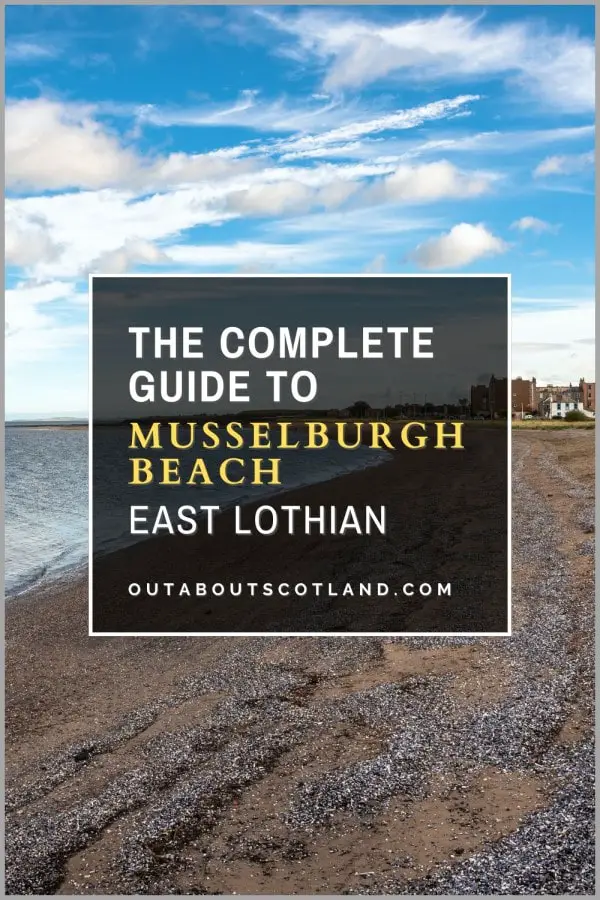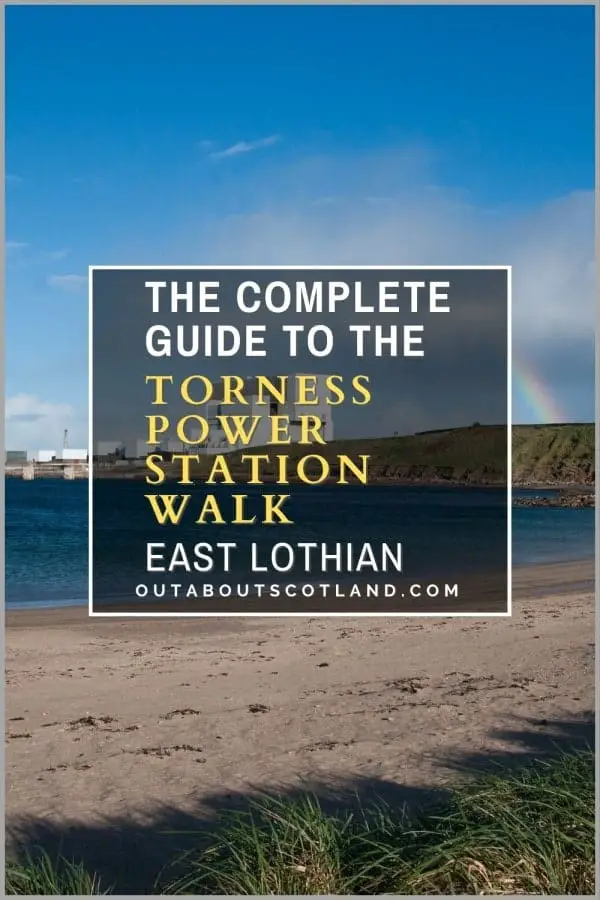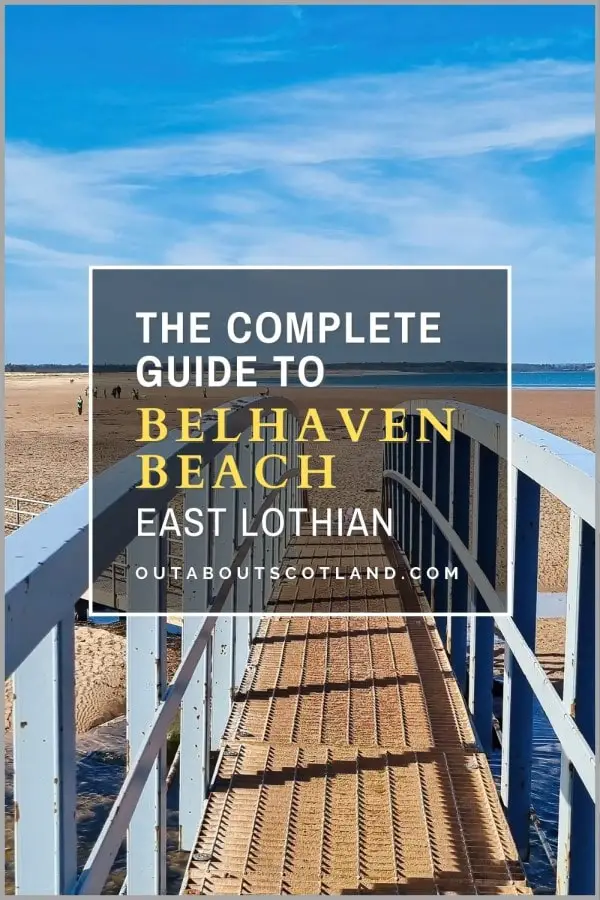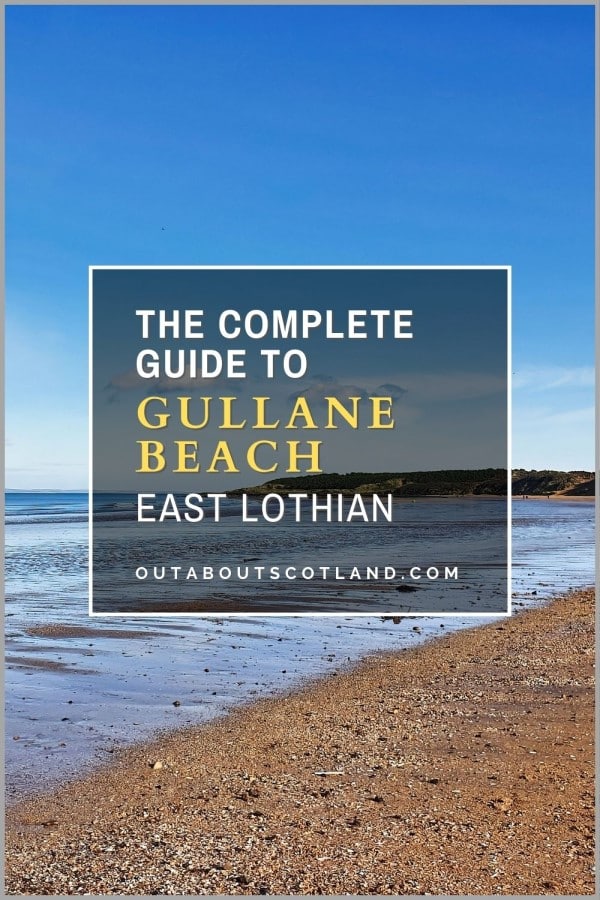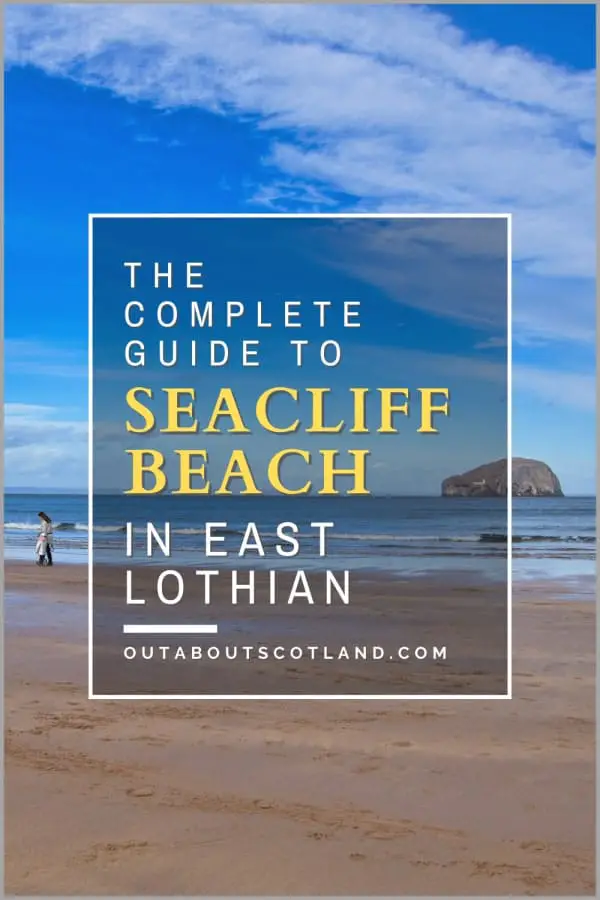The Firth of Forth is an estuary of several rivers (particularly the River Forth) located on Scotland’s east coast. Starting in Central Scotland, it meets the North Sea with Fife to the north and the Lothian counties to the south and spans approximately 47 miles from the east side of Kincardine to its widest point near the Isle of May.
Two of the Firth of Forth’s most iconic landmarks are the Forth Bridge, which is a UNESCO World Heritage Site, and Inchcolm Island, which is home to one of the best-preserved mediaeval abbeys in Britain. In addition to its many tourist attractions, the Firth of Forth is also an important area for bird conservation, as many species use it as a stopover during migration.

| Address: | NA |
| Opening Hours: | Accessible 24/7, 365 days a year. |
| Admission Price: | NA |
| Parking: | Good car parking spaces for sightseeing are: South side - North Berwick (postcode EH39 4HJ), South Queensferry (postcode EH30 9SQ), Blackness (postcode EH49 7NJ). North side - Culross (postcode KY12 8HQ), North Queensferry (postcode KY11 1JZ), Kirkaldy (postcode KY21 2SQ), Crail (postcode KY10 3TZ). |
| Contact: | NA |
| Facilities: | Facilities available at most towns and villages along the Firth of Forth. |
Overview
Spanning the easternmost part of central Scotland, the Firth of Forth is located in a stunning area that’s teeming with history, culture, natural beauty, and significant landmarks that have shaped Scotland’s identity over the centuries.
Geologically, the Firth of Forth is a fjord, formed by a glacier during the last ice age (115,000 to 11,700 years ago), which has been further carved by the tidal waters of the North Sea and the flow of the River Forth.
The Firth of Forth begins at Kincardine near Stirling, where the River Forth widens into an estuary, and it finishes 47 miles away in the North Sea between the Fife Ness lighthouse and Dunbar in East Lothian. This is the widest point of the estuary, stretching for 19 miles between the north and south shores, and it’s also the deepest point at 46 metres (151 feet).
The main towns and villages near the Firth are Edinburgh, Scotland’s capital city, which lies on the southern shore, and Dumfermline on the northern shore. Other notable towns and villages include: south side: North Berwick, Musselburgh, Queensferry, Bo’ness, and Grangemouth; and north side: Culross, Rosyth, Kirkaldy, and Anstruther.
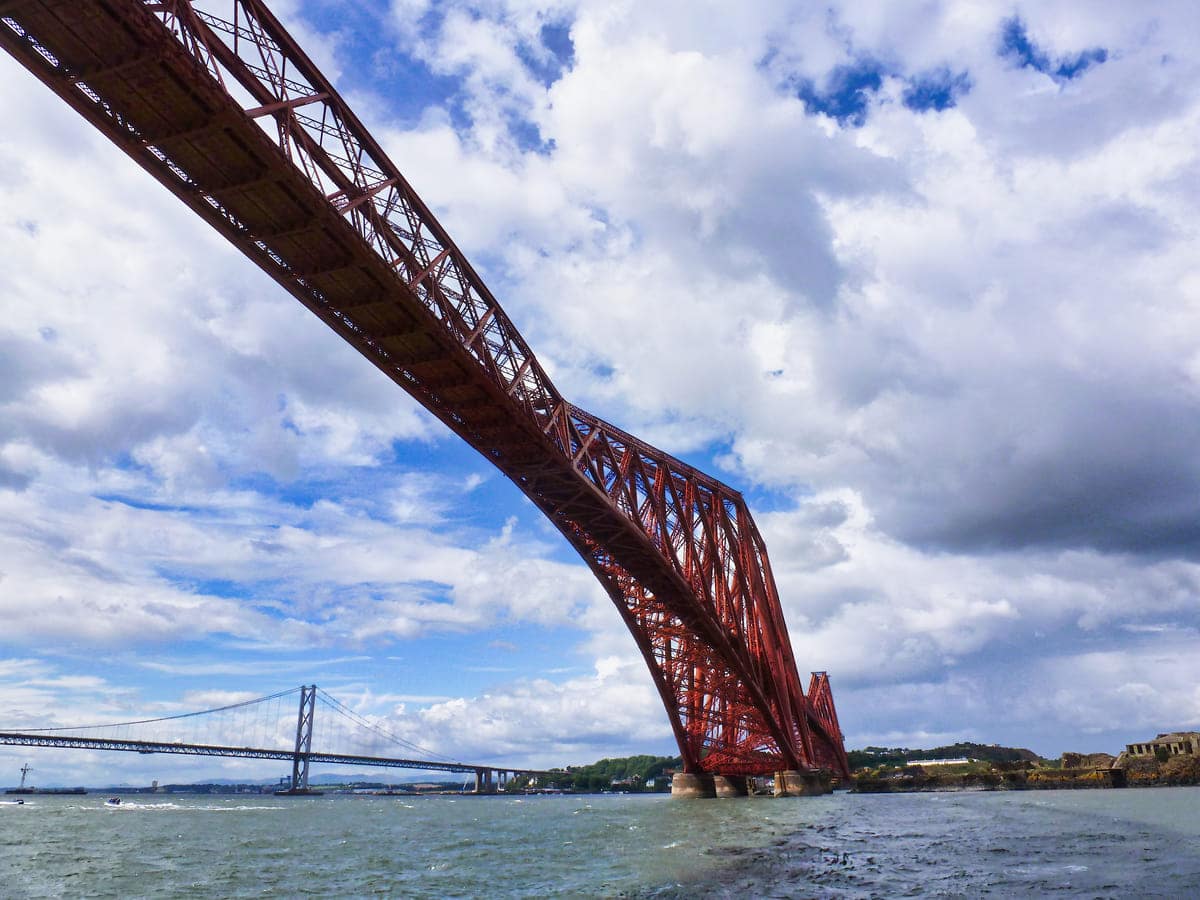
The Firth of Forth bridges are among Scotland’s most iconic landmarks. Foremost is the Forth Bridge, which was considered one of the world’s major engineering marvels at the time it was built and was voted Scotland’s greatest man-made wonder in 2016 as well as being designated as a UNESCO World Heritage Site.
Bordering it are the Forth Road Bridge and the Queensferry Crossing, followed by the Kincardine Bridge (opened in 1936) and the Clackmannanshire Bridge (opened in 2008), which both lie 13 miles further west. Other landmarks include the historic Blackness Castle, Inchcolm Abbey on Inchcolm Island, and Bass Rock which is home to one of the world’s largest colonies of gannets.
The Bass Rock, or simply ‘The Bass’, is an island located in the outer part of the Firth of Forth, approximately 1.2 miles northeast of North Berwick. The island is uninhabited and is renowned for its thriving colony of Northern Gannets; in fact, it’s one of the largest colonies in the world, hosting more than 150,000 of these seabirds.
With regard to other wildlife, the Firth of Forth is an especially important area for birds thanks to habitats that include mudflats, saltmarshes, and islands supporting large populations of birds like pink-footed geese, guillemots, puffins, and eiders. It’s also a hotspot for seals, dolphins, and even (very occasionally) whales, which can often be spotted near the estuary’s mouth.
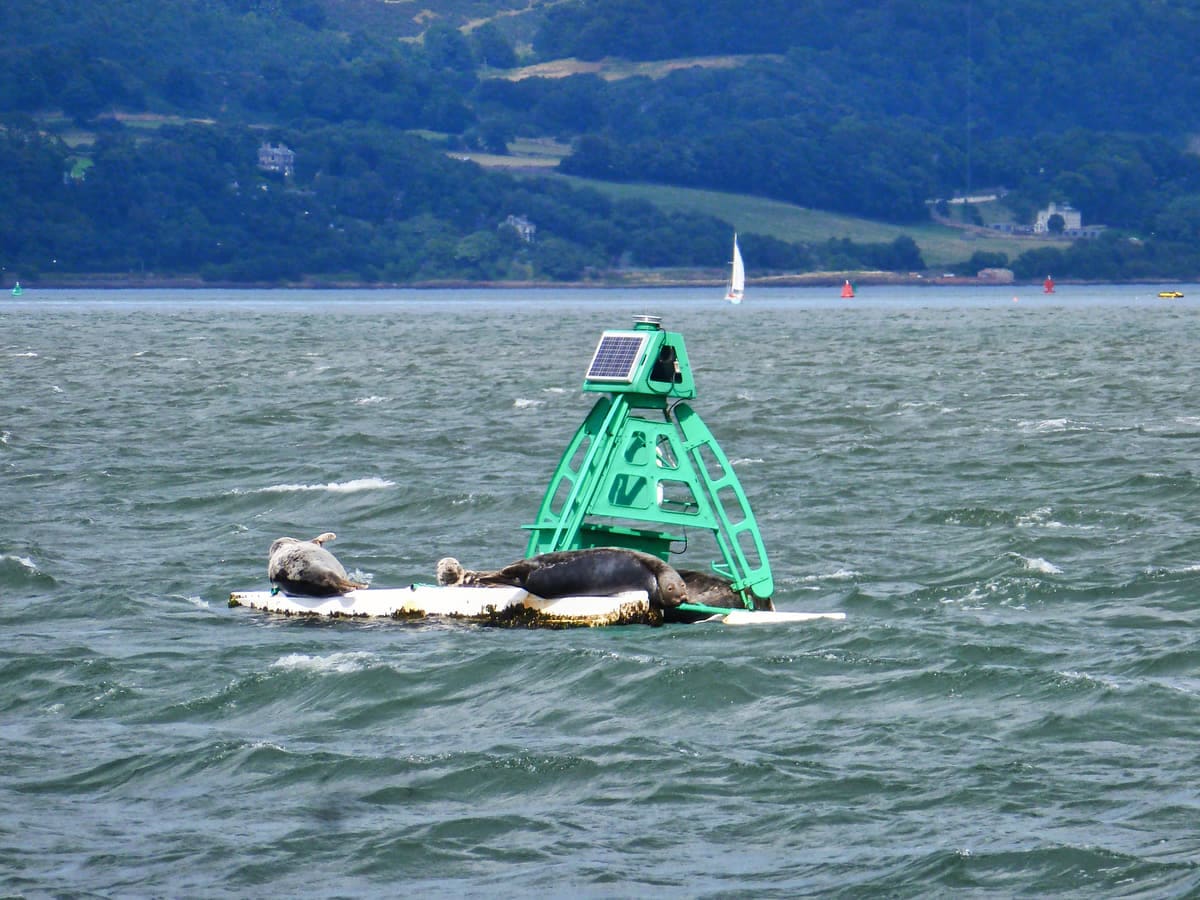
Historically, the Firth of Forth is one of, if not the most important, waterways in Scotland. The estuary has witnessed countless events that have shaped the nation, from Viking invasions to the two World Wars, and even today it’s possible to see fortifications such as the war remnants on Inchmickery and Inchgarvie islands, as well as the still-intact WWII causeway that bridges Cramond village and Cramond Island.
Cramond Island is a small, tidal island in the southeast part of the Firth of Forth, near the village of Cramond, which is about 9 miles northwest of Edinburgh city centre. The island is part of the Dalmeny Estate and is popular with locals and tourists alike as it’s accessible via a causeway at low tide, which is flanked by a line of concrete pylons built during World War II as submarine defences.
The island is one of 43 uninhabited islands that can be walked to from the mainland and is one of only 17 that can be reached on foot at low tide. Once on the island, you can see the remains of various wartime structures, including a gun emplacement and a building that might have been a barracks.
These buildings were part of the island’s defences during both World Wars, when they were used as a barrier to protect Rosyth Dockyard from U-boats.
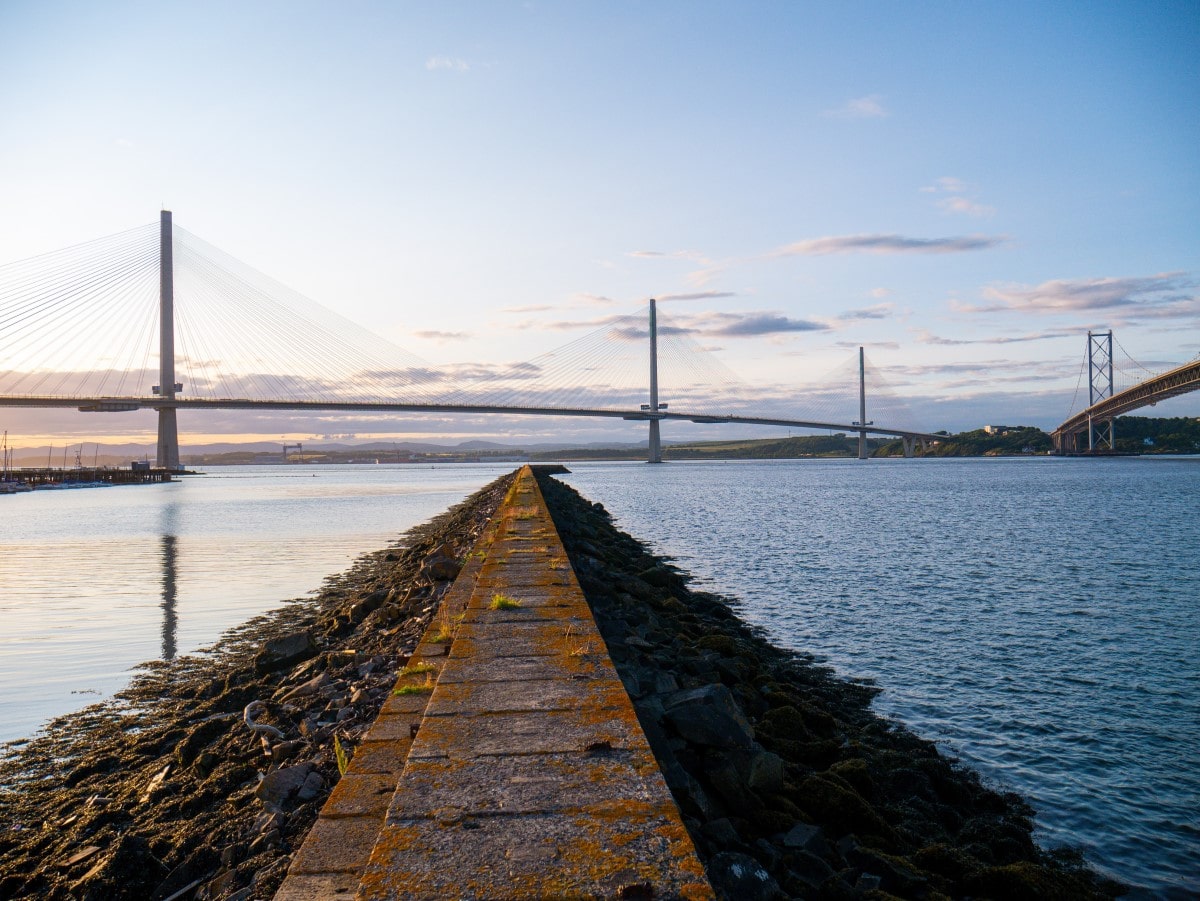
Book Tours in Scotland
The Highlights
1. Forth Bridge: The iconic Forth Bridge, a UNESCO World Heritage Site, is undoubtedly one of the main attractions when visiting the Firth of Forth. Completed in 1890, this engineering marvel is still in operation as a major railway connection between Edinburgh and Fife. Tourists can take a boat tour under the bridge or visit the nearby town of South Queensferry to get a closer look.
2. Isle of May: The Isle of May, located in the outer Firth of Forth, is a haven for nature lovers and birdwatchers. It’s home to a large colony of puffins, along with guillemots, gulls, and many other seabirds. The island also has a fascinating history, with the ruins of a 12th-century monastery and a lighthouse dating back to 1636. From April to September, boat trips are available from Anstruther and North Berwick.
3. Inchcolm Island and Abbey: Inchcolm Island is another highlight of the Firth of Forth. Dominated by the historic Inchcolm Abbey, the island offers a unique glimpse into monastic life in the 12th century. The island is also home to a variety of wildlife and offers stunning views of the coastlines of Fife, Edinburgh, and the Lothians. Boat tours are available from South Queensferry, which include a tour of the Firth and an excursion onto the island.
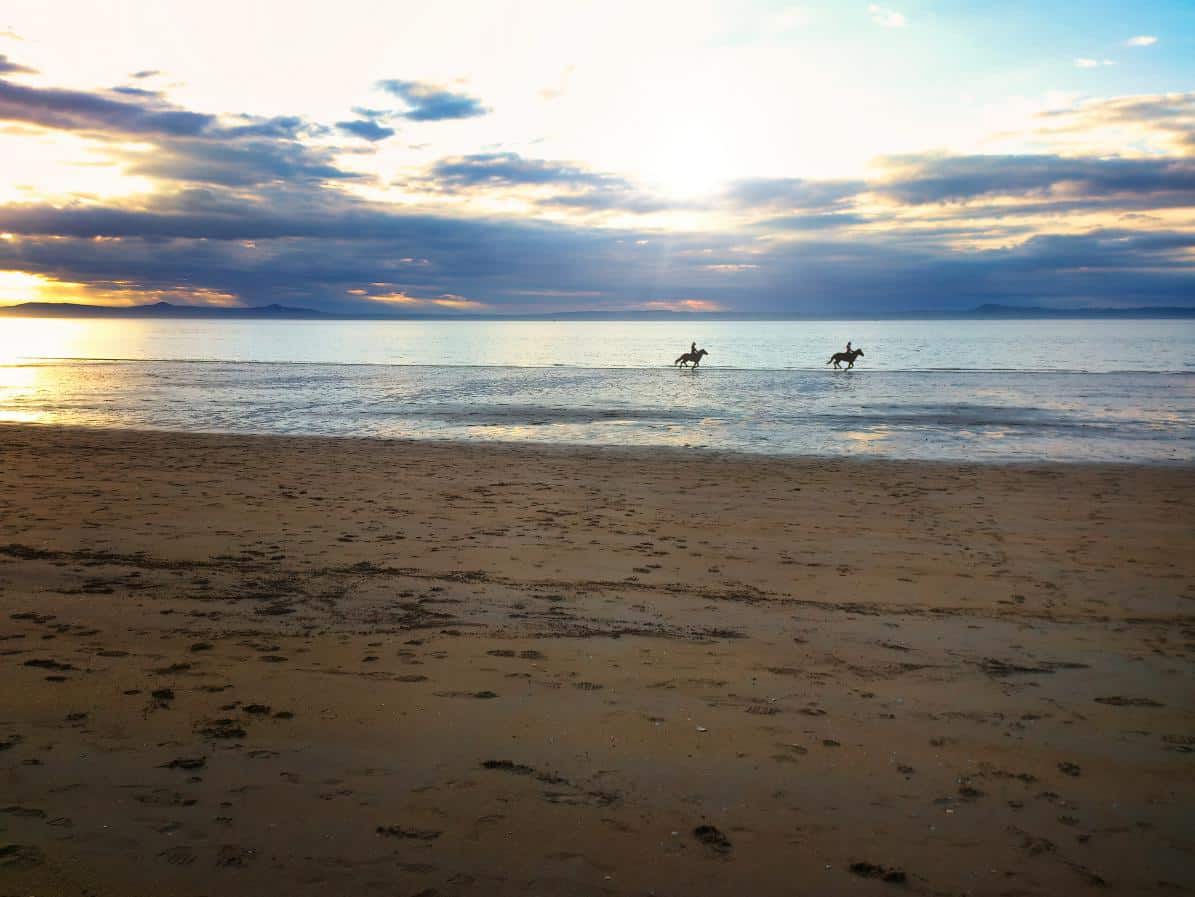
Visiting Tips
1. Travelling to and on the Firth of Forth: For tourists planning a trip to the Firth of Forth, it’s best to start from Edinburgh, as you can easily reach the estuary by taking a bus or taxi to South Queensferry. The Number 43 bus runs regular daily routes from the city centre to Queensferry.
Once there, consider taking a boat tour, which is by far the best way to experience the stunning scenery as well as the Forth’s famed wildlife. Remember to check the weather forecast before your trip and pack accordingly, especially if you take a RIB, which pretty much guarantees you’ll get wet.
2. Safety Tips: While the Firth of Forth is generally safe for tourists, it’s important to keep a few things in mind. If you’re planning on walking along the coast, be aware of the tide times, as some routes can change quickly (Cramond Island is a good example).
If you’re taking your own kayak or paddleboard onto the water, always ensure you wear a lifejacket, as the Firth of Forth is tidal and experiences strong currents. Also, be aware that the estuary is renowned for its thick fog (known as ‘the haar’), which can make it easy to lose your direction of travel.
3. Money-saving tips: Scotland can be an expensive place to visit, but there are ways to save money while exploring the Firth of Forth. Consider purchasing a Historic Scotland Explorer Pass (e.g., for Blackness Castle) or a National Trust for Scotland membership (e.g., for Culross Palace) if you’re planning on visiting multiple historic sites, as it can save you a significant amount of money.
In addition, some attractions offer discounts for booking online or in advance, while others (such as The Royal Yacht Britannia in Leith) offer free return visits for one year.

Protect Your Family From Scotland's Biting Midges
- Powerful, reliable protection for up to 8 hours
- Water- and sweat resistant
- Repels midges, mosquitoes, horse flies, sand flies, fleas and ticks
- Safe for use on adults, children over 30 months and pregnant women
- Non-sticky, moisturising with a pleasant fragrance
- Packaging may vary
Things to Do
Forth Bridge Photography: The iconic Forth Bridge, a UNESCO World Heritage Site, is a must-see. This red cantilever railway bridge is a spectacular feat of Victorian engineering, and there are multiple vantage points to take some truly stunning shots of it, such as from its base at South Queensferry and from the footpath on the Forth Road Bridge.
The best shots of all, though, are from directly underneath it, which is possible by taking a boat tour from South Queensferry Harbour. See the Get Your Guide website for details.
Seabird Spotting on the Isle of May: A boat trip to the Isle of May, a nature reserve in the Firth of Forth, is a must-do for all nature lovers. Home to puffins, guillemots, and razorbills, it’s a paradise for birdwatchers, but there’s also the chance to see seals and dolphins during a tour. To visit the Isle of May, you’ll have to depart from Anstruther in Fife and use a licenced tour operator such as Anstruther Pleasure Cruises.
Exploring Historic Inchcolm Island: Step back in time and explore the ancient Inchcolm Island, often referred to as the ‘Iona of the East’. With its beautiful 12th-century Augustinian abbey, wartime fortifications, and abundant wildlife, it’s a fascinating place to visit, and regular boat trips from South Queensferry make it easily accessible.
Kayaking: For the adventurous at heart, embark on a self-guided kayak tour of the Firth of Forth. Popular departure points include South Queensferry, where you can paddle under the three Forth bridges, and Dalgety Bay, where you can follow the northern coastline to the historic Aberdour Harbour.
Forth Boat Tours: Hop on a sightseeing cruise for a narrated journey around the Firth. These tours offer spectacular views of the Forth bridges, historic castles, and the islands of Inchgarvie and Inchcolm. Alternatively, head to North Berwick and take a sightseeing cruise to the monumental Bass Rock, courtesy of the Scottish Seabird Centre.
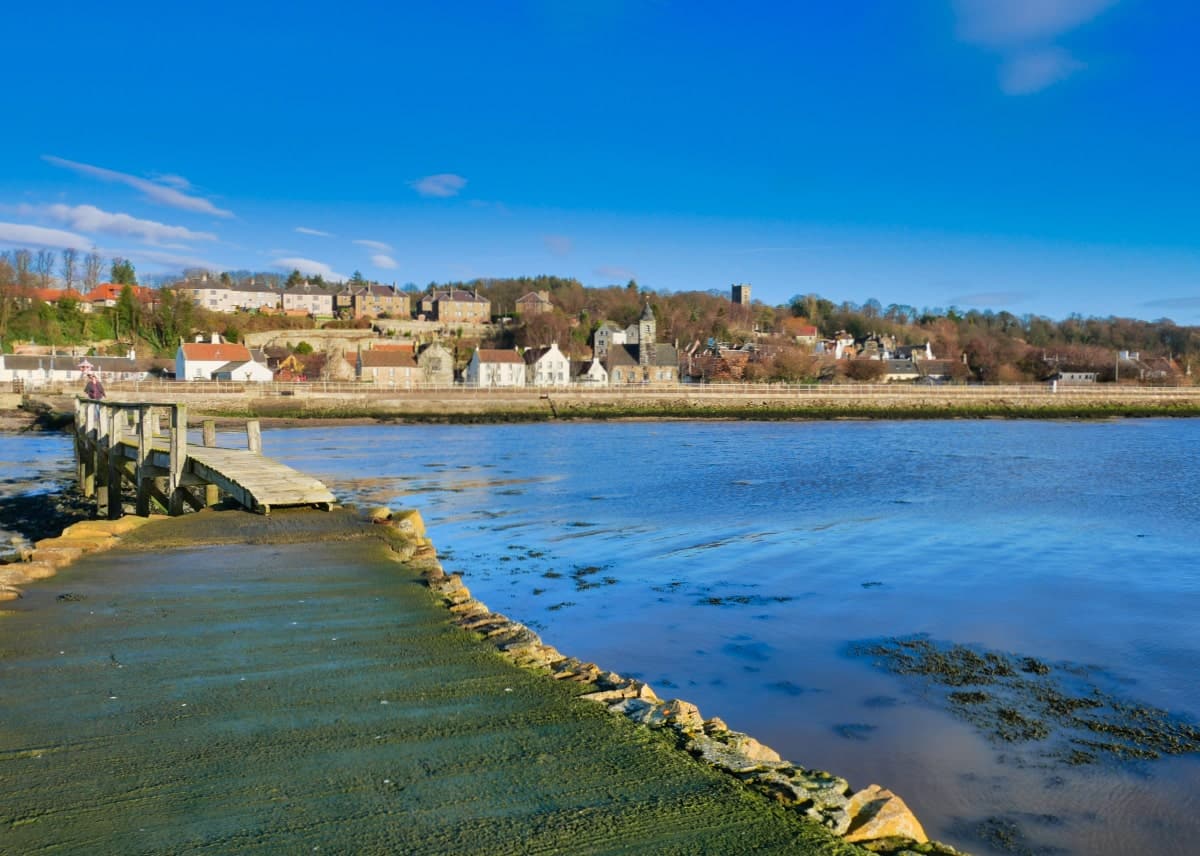
Things to Do Nearby
Culross, Dunfermline, KY12 8JF.
Culross is a picturesque, historic village in Fife, known for its well-preserved 17th-century buildings, such as Culross Palace, a large merchant’s house showcasing period furnishings. The village’s cobbled streets, ochre-coloured houses, and beautiful gardens overlooking the Firth of Forth have made it a popular filming location, notably for the TV series ‘Outlander’.
Blackness Castle. Address: Linlithgow, EH49 7NH.
Blackness Castle, often dubbed the ‘Ship that Never Sailed’ due to its unusual bow-shaped front, is a 15th-century fortress set on the southern bank of the Firth of Forth. The castle served diverse roles over the centuries, including a royal castle, a prison, and an armoury depot, while recent years have seen it featured in film productions including Hamlet and Ivanhoe.
North Berwick Law. Address: North Berwick, EH39 4EZ.
North Berwick Law is a conical hill in East Lothian, situated less than one mile south of the North Berwick seafront. This ancient volcanic plug is a prominent landmark and is visible from miles away thanks to the height of its summit, which is 613 feet above sea level. A distinctive whale jawbone arch crowns the summit, symbolising North Berwick’s whaling history.
Hopetoun House. Address: South Queensferry, EH30 9RW.
Hopetoun House, located on the southern bank of the Firth of Forth to the west of Edinburgh, is a majestic 18th-century neoclassical mansion that offers stunning views of the Forth Bridge and the coastline of Fife. The Hopetoun House Preservation Trust currently owns it, and it serves as a well-liked tourist destination and event location.
Crail Museum & Heritage Centre. Address: 62-64 Marketgate, Crail, Anstruther, KY10 3TL.
The Crail Museum & Heritage Centre is a treasure trove of local history. Housed in a 17th-century building, it showcases the fascinating past of the East Neuk of Fife, featuring exhibits on maritime history, World War II, golf, and the everyday life of the community.
Book Tours in Scotland
Frequently Asked Questions
What does Firth mean in Scottish?
In Scottish, the term ‘Firth’ is used to denote a long, narrow inlet of the sea. It’s equivalent to what would be known as a fjord in Norway or an estuary in other places. The word comes from the Old Norse word ‘fjörðr’, meaning a narrow waterway.
What towns are on the Firth of Forth?
The Firth of Forth is home to many towns and cities. Here are some of the most notable ones:
Edinburgh: This is Scotland’s capital and its second-most populous city. It’s located on the southern shore of the Firth of Forth.
Kirkcaldy: Kirkcaldy is a coastal town in Fife that’s known for its vibrant waterfront.
Grangemouth: Located on the southern bank, Grangemouth is the biggest petrochemical complex in Scotland and the country’s biggest port.
South Queensferry: This is a town to the west of Edinburgh on the southern shore of the Firth of Forth. It’s known for the iconic Forth Bridge.
North Berwick: A seaside town and former royal burgh in East Lothian, North Berwick is located on the southern shore of the Firth of Forth.
Musselburgh: Located in East Lothian, to the immediate east of Edinburgh, Musselburgh is one of the oldest towns in Scotland.
Rosyth: A town on the northern shore, Rosyth is known for its large dockyard, which operates on both military and civilian ships.
Where is the Firth of Forth?
The Firth of Forth is located in Scotland, stretching for approximately 47 miles east of the Kincardine Bridge to the North Sea. The Firth is situated on the east side of the country, with Edinburgh and the Lothian counties to its south and Fife to its north.
What is the island in the middle of the Firth of Forth?
The island in the middle of the Firth of Forth is called Inchcolm Island. Its name comes from the Scottish Gaelic ‘Innis Choluim’, which translates to Columba’s Island, suggesting an early link to St. Columba.
Inchcolm Island is often referred to as the ‘Iona of the East’ due to its similarity in being a focal point of religious activity, like the Isle of Iona near Mull. The island is renowned for its mediaeval abbey, Inchcolm Abbey, which is one of the best-preserved monastic buildings in Scotland.



